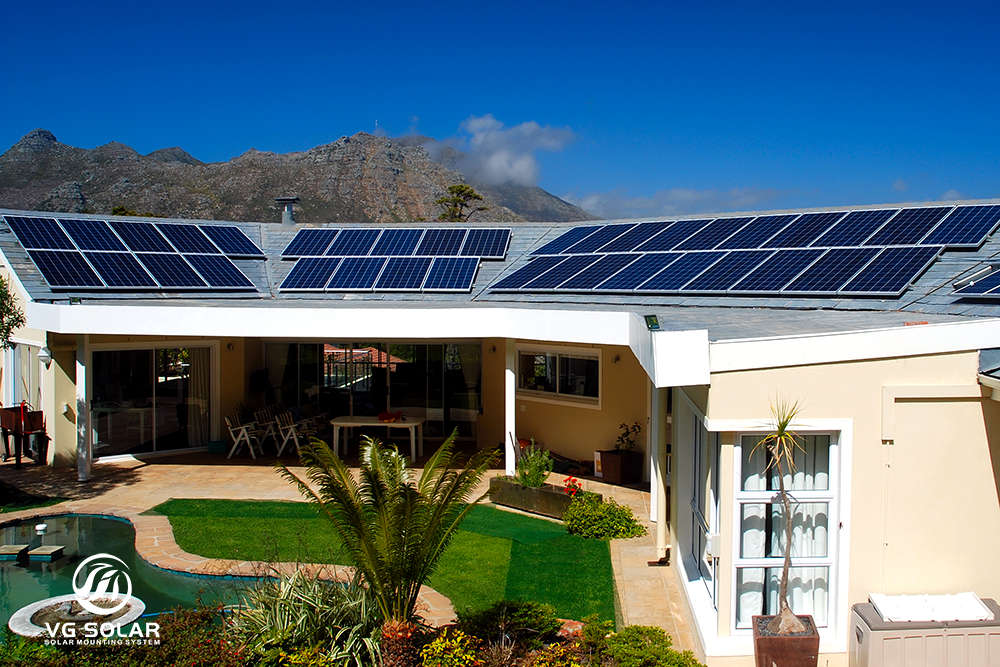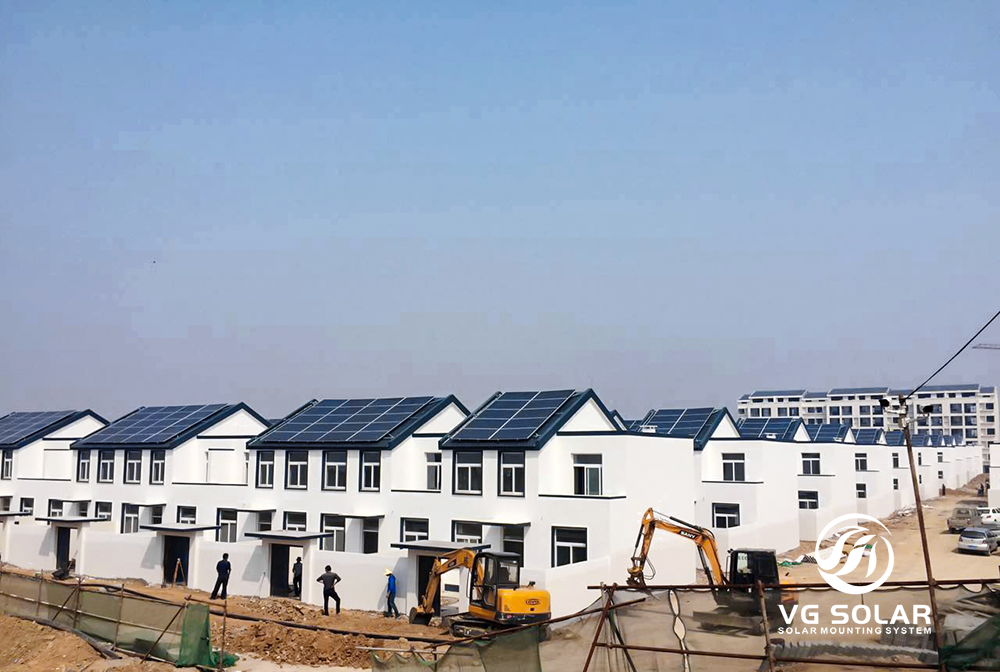In recent years, the concept of distributed photovoltaics (PV) has evolved as a sustainable and efficient way to generate electricity. This innovative approach uses roof space to install photovoltaic systems without damaging the original roof structure, making it an ideal solution for residential and commercial buildings. One of the key benefits of distributed PV is its ability to change the energy mix by generating and using electricity on site, reducing reliance on traditional energy sources and contributing to a more sustainable future.
In the context of distributed PV, the 'green roof' concept has become a powerful symbol of environmental responsibility and energy efficiency. By combining PV systems with green roofs, buildings not only generate clean energy but also contribute to the overall sustainability of the environment. The combination of distributed photovoltaics and green roofs represents a holistic approach to energy production and conservation that has the potential to revolutionise the way we think about building design and energy consumption.

There are many benefits to installing distributed photovoltaic systems on green roofs. Firstly, it maximises the available roof space, allowing the building to harness the sun's energy without compromising the integrity of the existing roof structure. This is particularly important for residential buildings, where homeowners may be reluctant to install traditional photovoltaic panels, which require significant modifications to the roof. Distributed photovoltaic systems, on the other hand, can be seamlessly integrated into the design of green roofs, providing a visually appealing and environmentally friendly solution.
In addition, the power generated by distributed PV systems can be used locally, reducing reliance on the grid and lowering energy costs for owners. This provides not only more sustainable energy, but also potential savings in the long term. In addition, excess electricity generated by PV systems can be fed back into the grid, contributing to the overall energy supply and potentially providing a revenue stream for building owners through feed-in tariffs or net metering schemes.

From an environmental perspective, the integration of distributed PV and green roofs has a positive impact on the surrounding ecosystem. Green roofs are known for their ability to reduce the urban heat island effect, improve air quality and provide habitat for wildlife. By combining green roofs with distributed photovoltaics, buildings can further improve their environmental footprint by generating clean energy while promoting biodiversity and ecological balance.
In addition to the environmental and economic benefits, the combination of distributed PV and green roofs also has the potential to enhance the aesthetics of buildings. The sleek, modern design of the photovoltaic panels combines with the natural beauty of the green roof to create a visually striking and sustainable architectural feature. This not only adds value to the building, but also demonstrates the owner's commitment to environmental responsibility and energy efficiency.
As the demand for sustainable energy solutions continues to grow, the combination of distributed photovoltaics and green roofs is a compelling option for building owners and developers. By harnessing the power of the sun and combining it with the natural benefits of green roofs, this innovative approach has the potential to transform the way we generate and consume energy. With many benefits including reduced environmental impact, lower energy costs and improved architectural aesthetics, distributed photovoltaic 'green roofs' will play an important role in shaping the future of sustainable building design and energy generation.
Post time: Aug-16-2024
